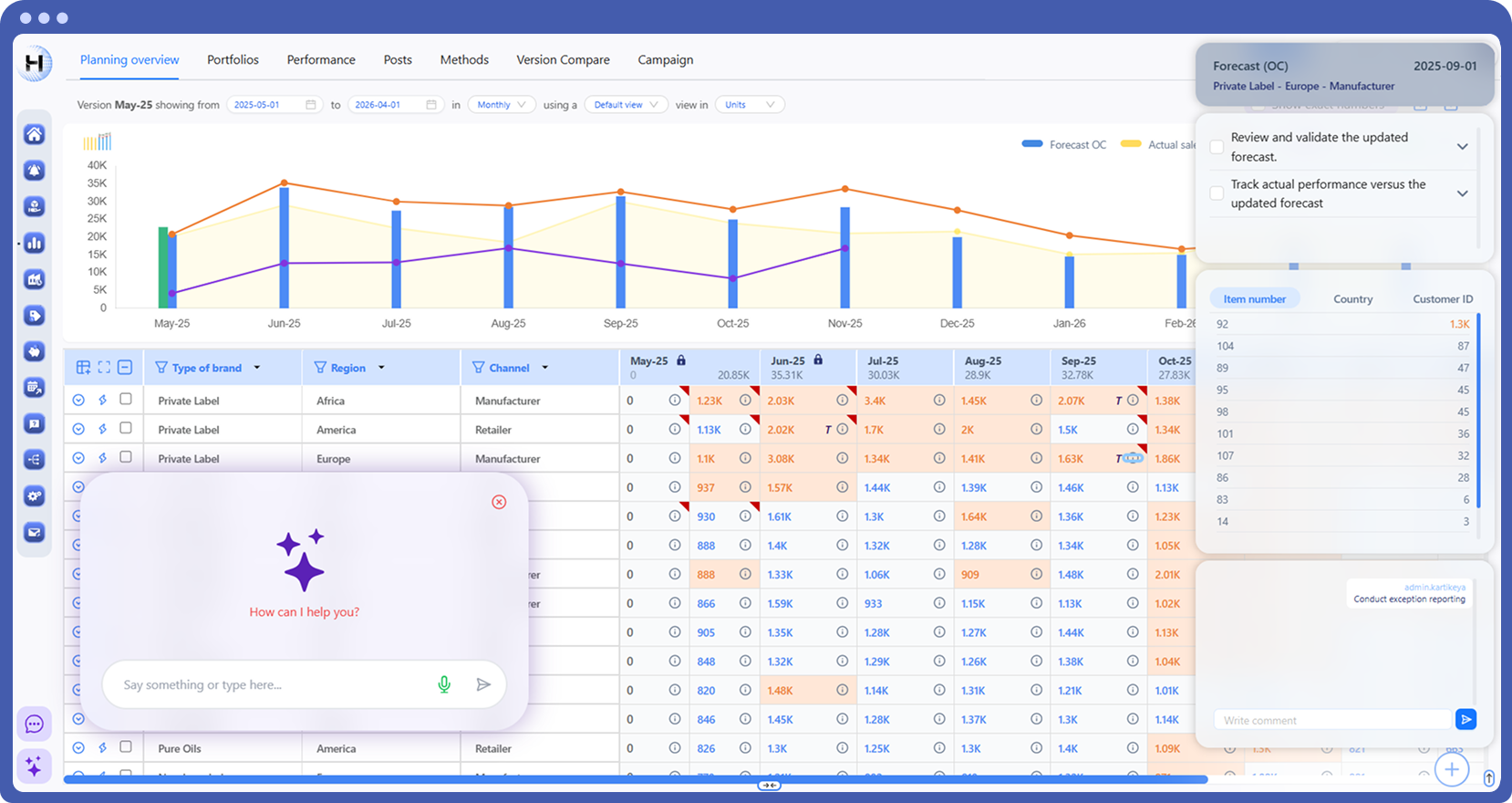
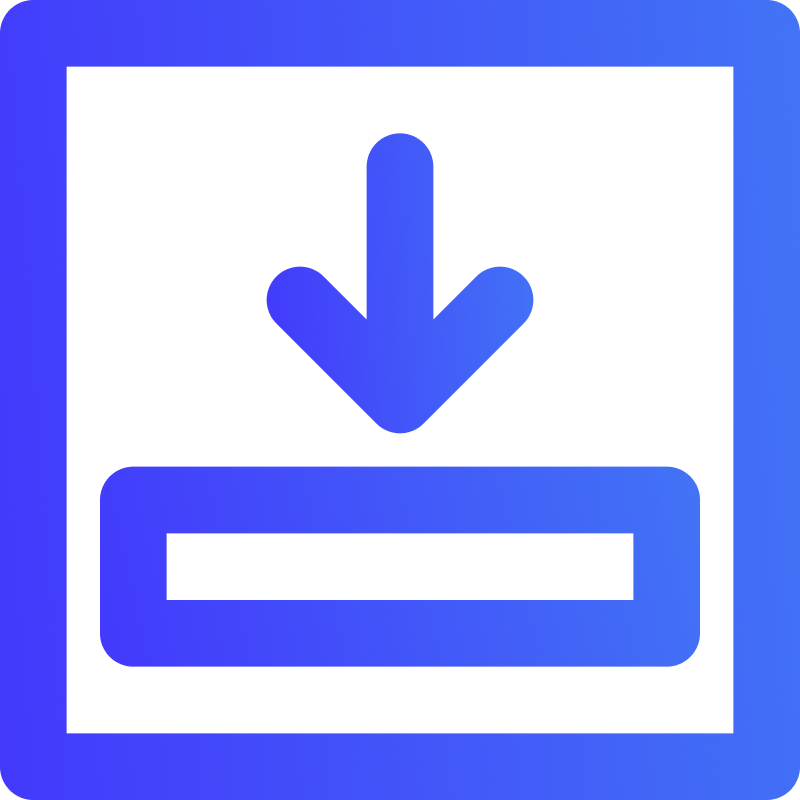
Use ML, statistical, and ensemble models with full visibility into how forecasts are built.
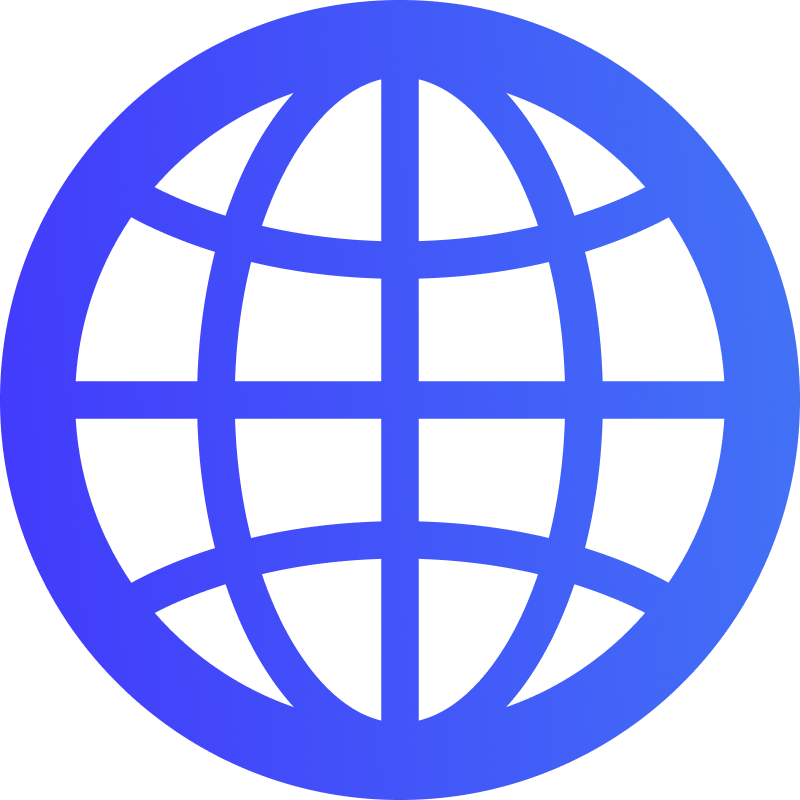
React to shifts in demand and learn automatically from past events and promotions.
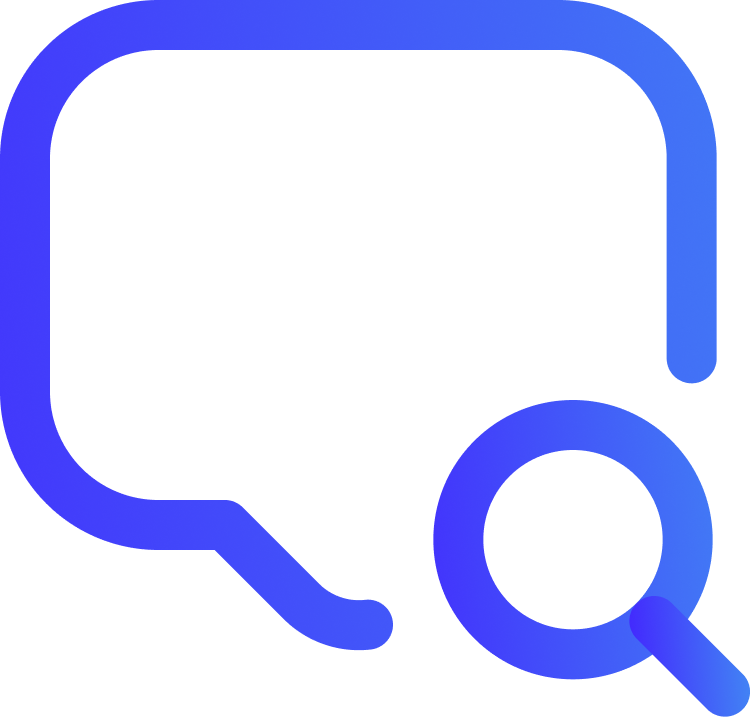
Collect and track inputs from all departments with full change history.
Manage phase-ins and phase-outs easily at any product or brand level.
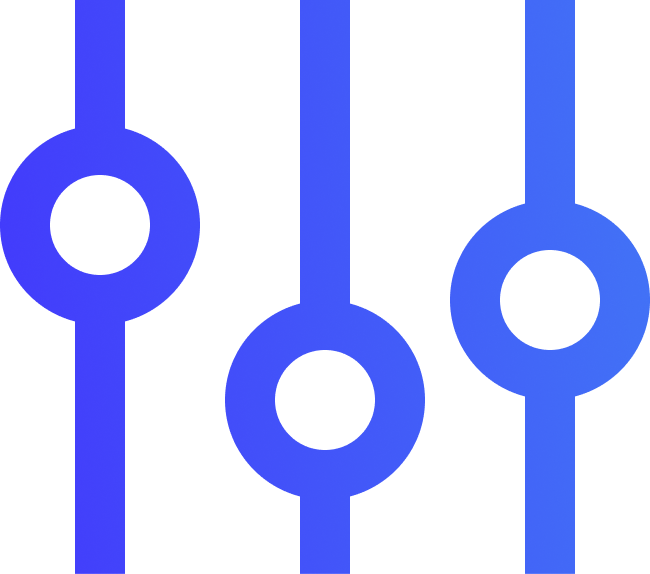
Measure forecast value add (FVA) and see where overrides improved accuracy.

Use text or voice to explore drivers, adjust forecasts, or get instant insights.
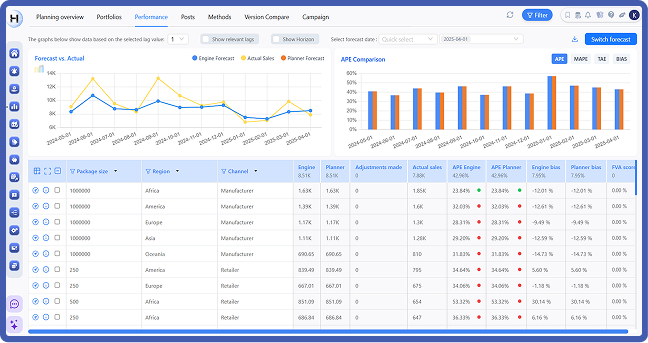
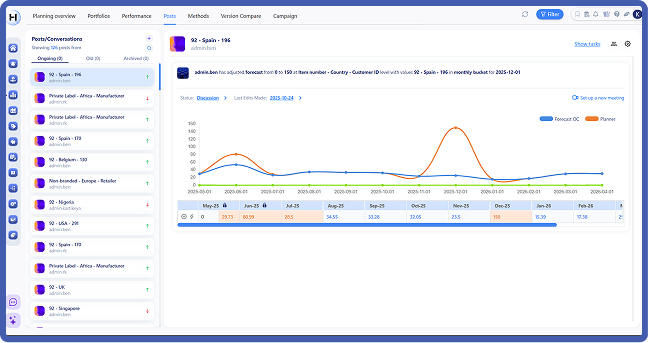
Frequently asked questions
-
What is demand planning, and why does it matter in supply chain management?
Demand planning is the process of predicting what customers will need, when, and where so your supply chain can respond without overproducing or running short.It goes beyond just sales forecasting by diving deeper into SKU-level insights, helping companies:Anticipate demand changes caused by seasonality, promotions, and market shifts.Align production, procurement, and inventory with real demand patterns.Avoid lost sales or excess inventory that ties up capital.While a sales forecast looks at revenue targets, demand planning focuses on units and timing ensuring operations stay synchronized with market needs.It’s the bridge between financial goals and operational execution. -
What are the key steps involved in a strong demand planning process?
A robust demand planning process blends data, collaboration, and analytics. Here’s how leading organizations typically approach it:Data collection: Pulling sales, orders, and shipment history from ERP or CRM systems.Data cleaning: Removing outliers and adjusting for promotions, stockouts, or unusual events.Portfolio management: Incorporating new product launches (NPI) and managing product phase-outs.Forecast creation: Applying statistical or ML-based models to generate forecasts at the right aggregation level.Collaboration: Aligning with sales, marketing, and finance to capture market intelligence.Performance tracking: Measuring accuracy, forecast value add (FVA), and continuously refining models.Integration with S&OP or IBP: Ensuring the demand plan aligns with supply, financial, and business strategies.Effective demand planning isn’t just about predicting it’s about continuously improving how those predictions drive smarter decisions. -
How do AI and machine learning improve demand planning and forecasting?
AI and machine learning make demand planning more intelligent and responsive by learning from data patterns that traditional models might miss.Here’s where they add value:Detect anomalies: Identify unexpected spikes or dips in demand early.Learn from external drivers: Factor in economic trends, weather, and even marketing campaigns.Understand sales context: Analyze CRM notes and qualitative inputs from sales teams.Automate updates: Continuously refresh forecasts as new data streams in, making plans more adaptive.Rather than replacing human planners, AI acts as a co-pilot amplifying their decision-making power and giving them real time visibility into changing market dynamics. -
How can demand planning software improve forecast accuracy and collaboration?
Good demand planning software transforms planning from a manual process into a data-driven, collaborative workflow.Here’s how it helps:- Automated forecasting: Uses historical data and AI models to produce reliable baseline forecasts.
- Smart alerts: Detects outliers or sudden shifts in sales trends.
- Change tracking: Keeps a record of planner overrides for transparency and accountability.
- Team collaboration: Allows planners, sales, and finance to align on a single, real-time plan.
- Scenario simulation: “What-if” tools let users test multiple demand scenarios instantly.
- System integration: Connects seamlessly with ERP, inventory, and supply planning systems.
The result? Fewer surprises, faster consensus, and more confidence in every forecast. -
How does Horizon enhance demand planning and forecasting for businesses?
Horizon is built to help companies plan demand with precision and confidence combining AI-driven insights, advanced forecasting models, and seamless collaboration tools.Here’s what makes it stand out:- Smart forecasting engine: Automatically selects the best-fit statistical or machine learning model based on product behavior.
- Collaborative workflows: Sales, finance, and planners work together on one live platform no version chaos.
- Proactive recommendations: Horizon flags risks, forecast variances, and opportunities for adjustment.
- Custom flexibility: Planners can adjust models, override forecasts, and tailor parameters to their business.
- Full transparency: Every change is logged for accountability and auditability.
In short, Horizon gives planners AI-level precision with human-level control creating forecasts that are both data-backed and business-ready.
